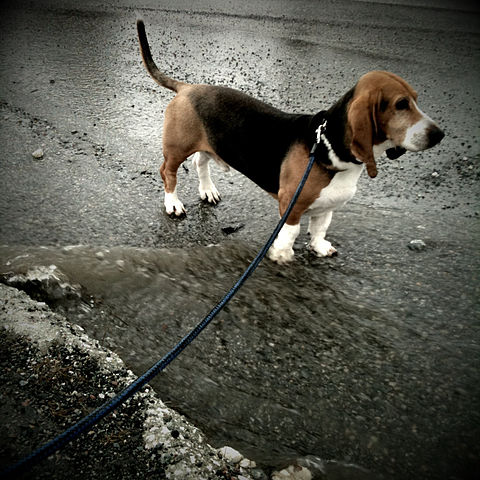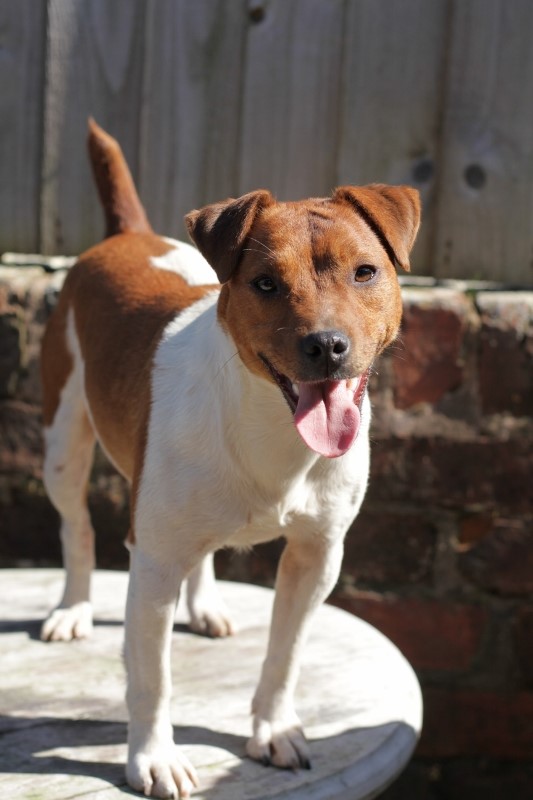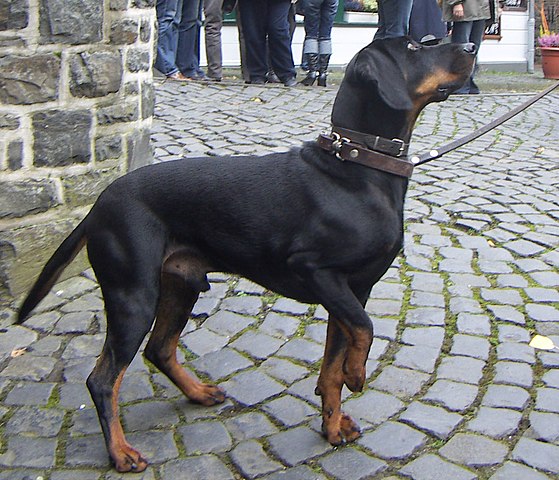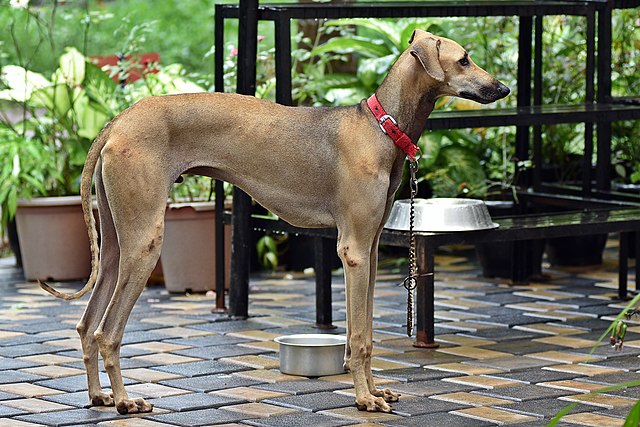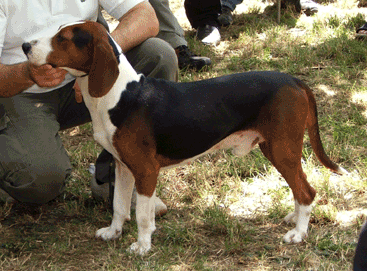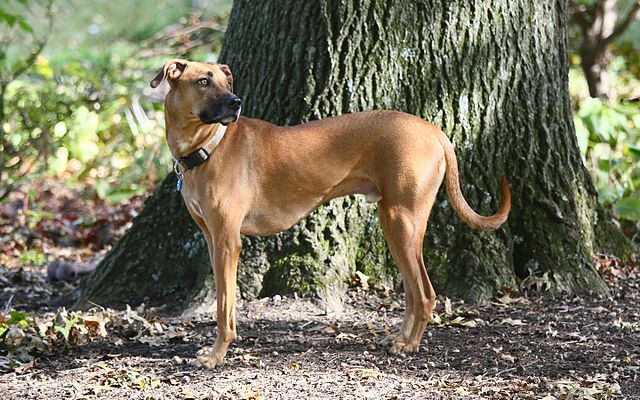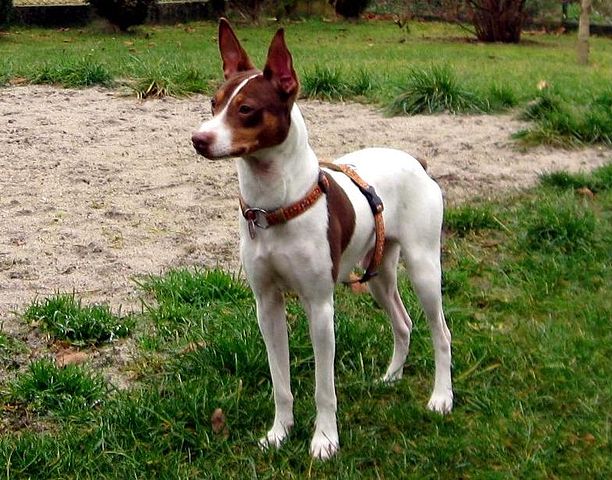The Sarplaninac is a very old breed from the mountains of former Yugoslavia in southeast Europe. Originally recognized by the FCI in 1939 under the name Illyrian Shepherd Dog, this name was later changed to the current title, named after the Sar Mountains in the region (the correct pronunciation, by the way, is “shar-pla-nee-natz”). Originally recognized with two types, the other type eventually split off completely to become the Karst Shepherd Dog. This is a flock guardian that is still used today, primarily overseas as he is quite rare in the United States.
The Sar is a breed that needs to work in order to be fulfilled and, in fact, usually prefers his flock to his human owners when utilized as a livestock guardian. Always alert to changing circumstances, if danger were to approach the flock he would respond with ferocity although otherwise is a calm (albeit serious) breed. He is unmistakably brave, not to mention strong, and will face any foe regardless of size. With strangers visiting the home, he is aloof at best and suspicious at worst. Care must be taken when owning this molosser breed and as such he is not recommended for novice owners!
Although the Sarplaninac is a loyal and intelligent breed, he is more likely to follow his own will rather than obedience commands. This said, it is vital that he be given rules, boundaries as well as training! This is not a breed that one can just “set and forget” in the yard (unless being strictly used as a livestock guardian rather than as a companion) – he requires mental stimulation and everyday structure. Furthermore, training and rule management should be done with an air of authority as he is not apt to listen to the timid or wishy-washy. Not only is he stubborn and extremely independent but he will take on the authoritative role if he can get away with it.
Sars are affectionate with their families and get along well with children, although it is important to research the lines before purchasing a puppy to make sure the temperament matches up to what you are looking for. Temperaments do vary with certain lines. They can be a bit too much dog for many people due to their sheer size. While usually affectionate with those they love, many are “serious”. This is a territorial guard dog who will take it upon themselves to protect both property, people and livestock if they sees fit – a trait that can make them a liability in the wrong hands. Sarplaninacs can tend towards being aggressive with other dogs as well as small pets, and get along best with livestock. Either way, they need lots of socialization starting in the puppy months to expose them to people/places/animals/things that they will encounter in their adult lives.
Although it should be obvious, the Sarplaninac is not suited to apartment living! He is best suited to living in a country setting, ideally with livestock to watch over (do you notice a trend?). Unlike the majority of breeds, he is perfectly capable of living outdoors with his flock. He also needs plenty of exercise, either in the form of free running on a big fenced property or daily walks/jogs. Historically he exercised himself while doing his guarding job but in a companion home (without a flock), he will likely need his owner to exercise him. Otherwise he can become destructive and difficult to live with.
The Sar is a large breed with heavy bone and a thick coat which gives him the appearance of being even bigger. He is ever so slightly longer than he is tall. The coat is straight, rough in texture and double-coated. Although most commonly seen in iron gray, he is actually allowed to be any solid or sabled color, and can also be shaded from dark to light as long as the color change is gradual. The ears are hanging and shaped like a V, and the tail hangs in a slight sabre shape. The Sar tends to be healthy and robust, usually living between 11 and 13 years. He does however require regular brushing, nail trimming, dental care and ear care. He also needs the occasional bath, which will help to pull out dead coat from this otherwise high-shedder – a coat that is designed for spending cold nights outside.
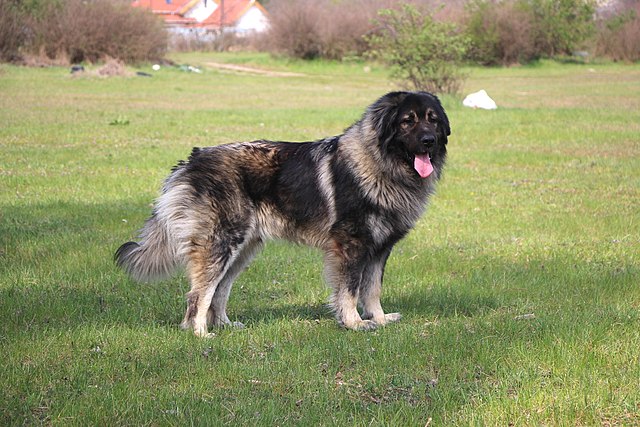
Photo by Sakal33

